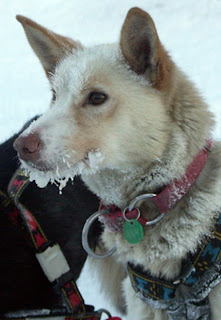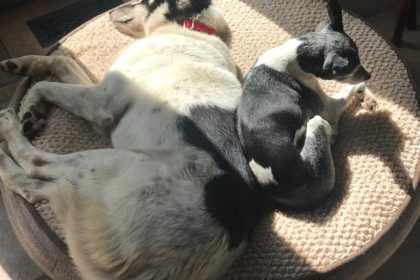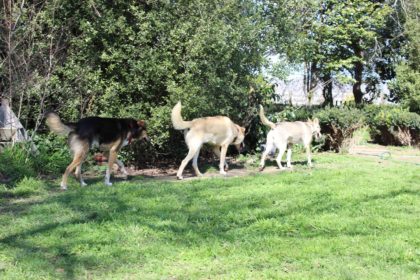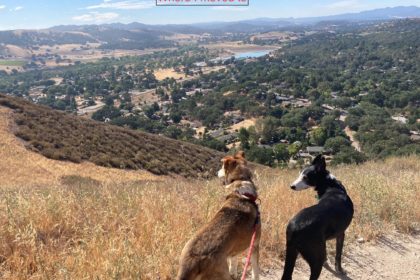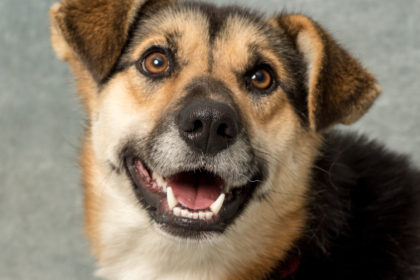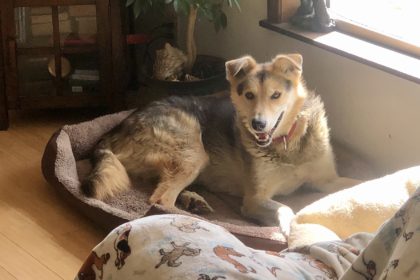When we say ‘C O L D’, we mean it!
December and January are known as the cold, dark months. Periodically, high-pressure systems flow east from Siberia and stall here in Interior Alaska. The barometer readings are stubbornly high. These systems won’t budge without a hearty low-pressure system to shoulder them aside. Therefore, we will experience “cold snaps” that last for 4 or 5 days. These snaps bring extreme cold temperatures: 40, 50 even 60 degrees below zero Fahrenheit.
Luckily the Alaskan Husky is a superb cold weather animal. While training and racing in such extreme temperatures they exert a tremendous amount of energy and burn a huge number of calories (up to 12000 each day during a long distance race). When training at these temperatures, our dogs eat 2 large meals and numerous snacks daily. During races we feed them large meals at every checkpoint. On the race trail we frequently give them high fat snacks, such as beaver, poultry fat and turkey skins.
Dogs do not sweat like humans. Therefore, even in very cold temperatures you will see our dogs panting in order to cool their internal furnaces. Their only sweat glands are in their footpads. This is one of the reasons that we protect their feet with booties during races and longer training runs.
A musher can often estimate the temperature by looking at her dog team. As the mercury drops the dogs start to frost up from the moisture they exhale. At 20 below zero F, a layer of frost coats their shoulders and sides. At 30 below, the frost accumulates on their muzzles and chins. When it is bitter cold, 40 or 50 below, a musher must stop and clean icicles from the dogs’ whiskers and eyelashes. When the team stops for a face cleaning or a snack, “ice fog” will envelop them as the moisture from their panting vaporizes and freezes.
A musher can also estimate temperatures by scanning their own body and clothing. At 20 below, a musher might start to feel their clothes tighten. This is because any perspiration that exists in the outer layers has frozen and the ice constricts the fabric. At 30 degrees below zero F, a musher’s breath begins to frost heavily. Neck gaiters freeze. (We have learned to position the gaiters above our noses before they freeze solid!) Men’s mustaches and beards build up impressive icicles, if not covered by a mask or gaiter. When it reaches 40 or 50 degrees below zero F, we must worry about our eyelashes freezing together. One technique to avoid this is to periodically blow air upwards. This warm exhale will get trapped in the sub environment of the hooded ruff and defrost your lashes.
“Can there be Paradise at 30 below?” asks Aliy

“I think so!”, replies Allen

